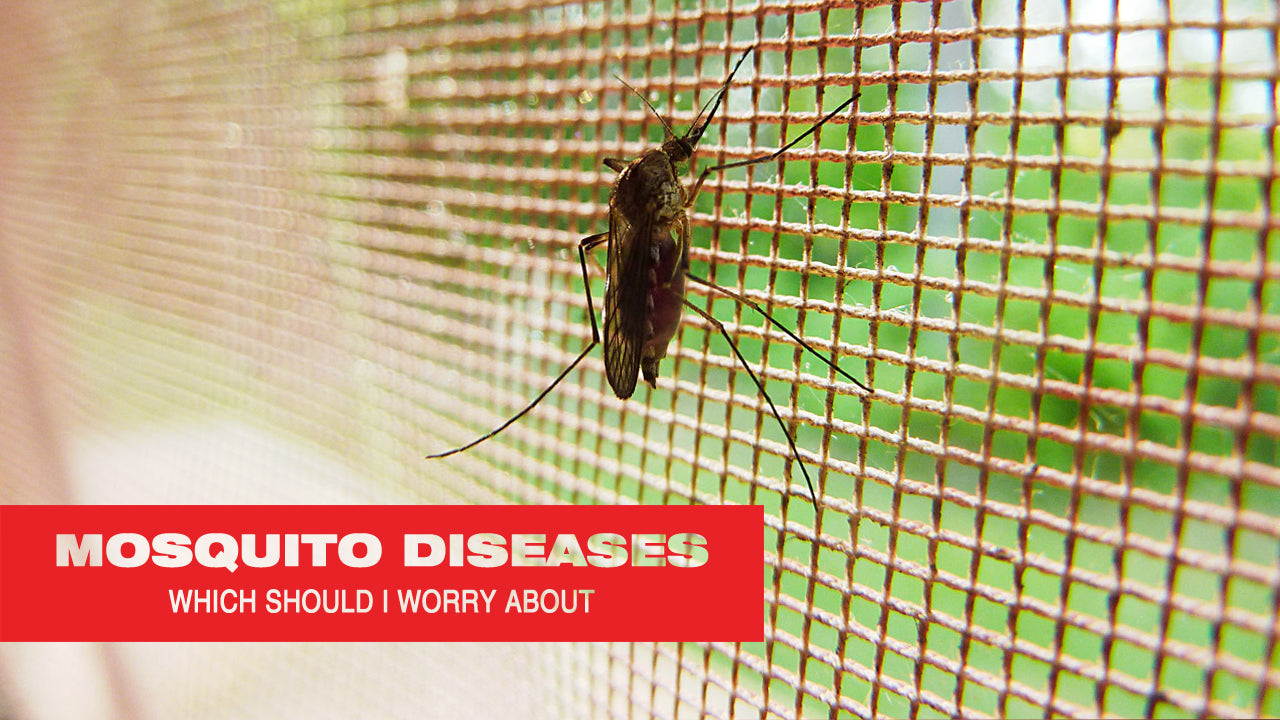What is a Disease Vector?
As medical professionals describe it, a disease vector is an agent that can carry and transmit an infectious pathogen to another living organism. In most cases, a vector refers to blood-feeding insects like mosquitoes and ticks.
Most of the vector-borne diseases are unpredictable. They are difficult to control (not to mention, many of them still have no cure) and can occur even after treatment. Besides, it’s difficult to avoid vectors. After all, they are deeply rooted in our environment.
Even so, some cases are rare in the US, with only a few reported every year. Nonetheless, taking precautionary steps like pest control can help you avoid mosquito bites in the first place.
Here are some of the severe mosquito-borne diseases you should look out for.
Zika
Zika usually spreads through bites from infected Aedes aegypti mosquitos, but can also be transmitted through unprotected sex with an infected person.
Pregnant women are at a higher risk due to the potential for severe birth defects like microcephaly (a sign of incomplete brain development).
Symptoms of Zika are usually mild and include fever, joint pain, rash, and/or red eyes.
It has no specific treatment or vaccine yet. Treatment includes relieving the symptoms.
Read this article about What is Zika And How to Avoid It for a bit more information on Zika hot spots, preventative action, and more.
Eastern equine encephalitis or Triple E (EEE)
EEE, or commonly spoken as "Triple E," is an extremely rare infection that can lead to the inflammation of the brain. Mosquitoes are the most common vectors to carry the EEE virus (EEEV).
While some people may not show any symptoms of EEEV infection, most people will notice sudden headaches, high fever, chills, and vomiting within 4-10 days after being bitten by an infected mosquito.
Since there are no specific treatments for EEE, doctors provide supportive therapy. It may include hospitalization, respiratory support, and prevention of other infections.
To find out more about EEE, read our guide on What is EEE or Triple E And How to Avoid It.
La Crosse Virus
It’s an encephalitis caused by the La Crosse virus (an arbovirus). The mosquito vector includes Aedes triseriatus.
Children under the age of 16 are more susceptible to the virus.
Most infected people have no apparent symptoms, but some might develop severe neuroinvasive diseases that may involve inflammation of the brain, seizures, paralysis, and coma.
Suspected patients of LAC are hospitalized, tested, and provided with supportive treatment.
West Nile Virus
The virus is a single-stranded RNA virus. It causes West Nile fever. It is primarily transmitted by mosquitoes, mostly of the Culex species.
Symptoms may include headache, body aches, vomiting, rash, or diarrhea.
Its treatment consists of pain killers and, in some severe cases, hospitalization and supportive treatment.
However, most people infected by this type of West Nile virus recover entirely with some signs of fatigue and weakness that may last for a few weeks or months.
Find out where West Nile Virus is spreading and more in our guide What is West Nile Virus And How to Avoid It.
Malaria
Malaria affects humans and other animals alike.
Usually, the severity of the disease varies depending on the plasmodium species. It causes symptoms like chills, fever, tiredness, headaches, and vomiting that usually occur within the first few weeks.
Treatment consists of antimalarial drugs, but it’s advised to always have protective drugs on hand, especially when traveling to malaria-prone areas.
Dengue
Dengue fever is a tropical disease caused by the dengue virus. And people who have been infected by the virus once are often at a higher risk of catching it again.
Typically, the symptoms show between three to fourteen days after infection. They may include high fever, vomiting, headache, muscle, and joint pain. Some severe cases may also include bleeding and shock, in which case people should consult a doctor immediately.
Treatment of dengue includes a liquid diet and pain relievers, and sometimes hospital care. Recovery may take two to seven days.
Chikungunya
Chikungunya is another viral disease carried and transmitted by infected mosquitoes, including Aedes aegypti and Aedes albopictus.
Although found worldwide, it’s particularly endemic in Africa, Asia, and India.
The symptoms appear within a week of the infection and include fever, joint pain, muscle pain, headache, fatigue, and even rash in some cases.
The treatment focuses on relieving the symptoms due to the lack of vaccination or specific treatment. Most people feel better within a week or so.











